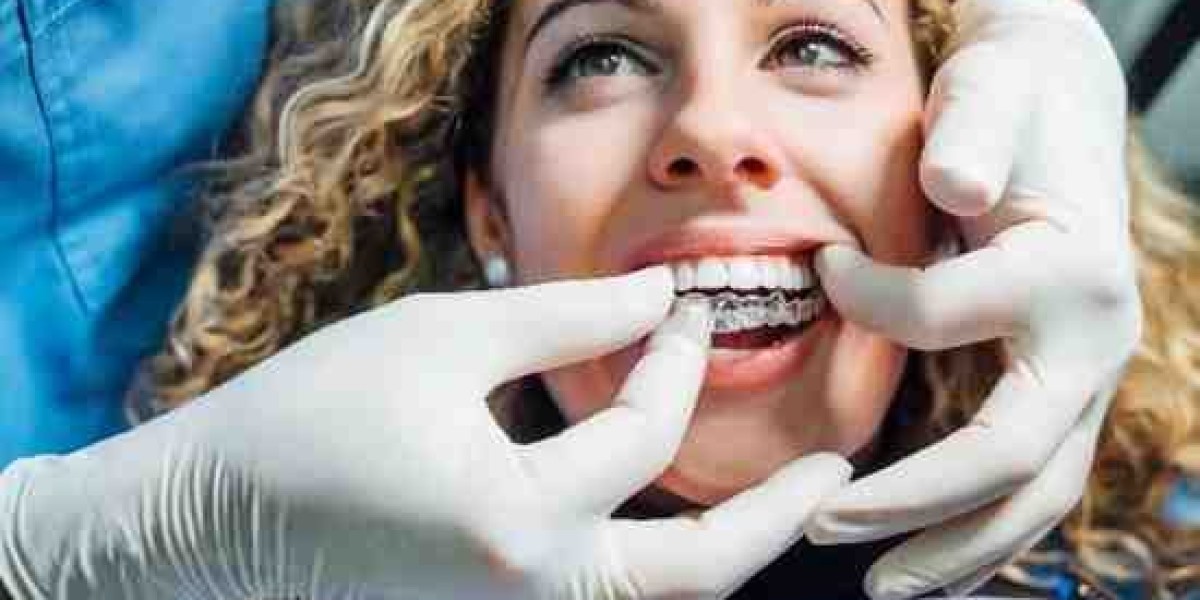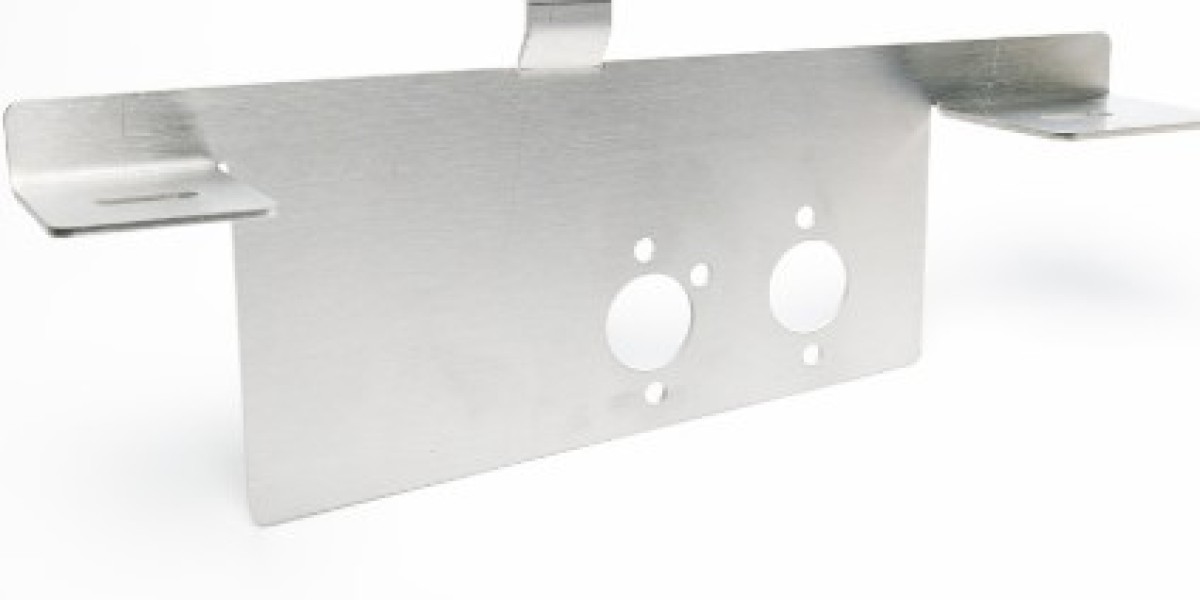When it comes to children's oral health, starting early is more than just a recommendation it's a necessity. The habits children develop in their early years lay the foundation for a lifetime of healthy smiles. With tooth decay remaining one of the most common issues among young children in the UK, it’s time we talk honestly about what can be done to change that, simply and effectively.
The Hidden Risks of Tooth Decay in Children
Tooth decay might seem like a minor issue in baby teeth, but it can have serious consequences. From pain and difficulty eating to speech issues and long-term dental problems, neglecting young teeth can set children up for ongoing struggles.
A Public Health England report revealed that one in five children aged 5 in England has experienced tooth decay, and in many cases, it's entirely preventable.
Let’s look at some of the common contributors:
- Frequent snacking on sugary foods
- Inadequate brushing routines
- Bottles or sippy cups filled with juice or milk at bedtime
- Limited access to preventive dental care
These early missteps can lead to tooth loss, infections, and a poor relationship with dental care going forward.
Encouraging Early Check-ups and Preventive Care
It’s recommended that children see a dentist by the time their first tooth appears or by their first birthday whichever comes first. Regular visits help identify problems early and also familiarise children with the dental environment, reducing anxiety.
At these early visits, parents can also get advice tailored to their child’s needs. From brushing techniques to teething tips, early appointments do more than check for decay they set a positive tone for the future.
What to Expect at an Early Visit
- A simple check of the gums and emerging teeth
- Advice on dummy use and thumb-sucking
- Guidance on brushing and using age-appropriate toothpaste
- A warm, gentle approach to help kids feel safe
Daily Habits That Make a Difference
Creating a solid dental routine at home is crucial. It doesn’t have to be complicated or stressful. In fact, making it part of the day’s rhythm—like bath time or storytime helps children see brushing as a normal part of life.
Brushing Basics
- Brush twice a day morning and before bed
- Use a small, soft-bristled toothbrush
- A smear of fluoride toothpaste (for under 3s) or a pea-sized amount (for ages 3–6)
- Supervise brushing until the age of 7
Making It Fun
Turn brushing into a game or play a two-minute song. Let them choose their toothbrush or make funny faces in the mirror it all helps create a positive association with the task.
Balanced Diet, Healthier Teeth
Diet plays a major role in dental health. While treats are fine occasionally, daily sugar intake should be limited, especially between meals.
Food Choice | Tooth-Friendly? | Why |
Fresh fruit | Yes | Natural sugars, fibre |
Cheese and yoghurt | Yes | High in calcium |
Crisps and sweets | No | High in starch/sugar |
Diluted juice | Limited | Acidic, can erode enamel |
Encouraging water as the main drink and keeping sugary items to mealtimes can make a real difference.
Spotting Early Signs of Trouble
Young children may not always be able to express discomfort clearly. Parents should keep an eye out for:
- White spots or brown patches on the teeth: These can be early indicators of enamel demineralisation or decay. White spots often appear before cavities form, while brown patches suggest more advanced damage. Catching these signs early gives your dentist a chance to apply preventive treatments like fluoride varnish.
- Complaints of sensitivity to hot or cold foods: If a child flinches or avoids certain temperatures, it may signal tooth enamel erosion or hidden decay. Sensitivity shouldn’t be ignored, especially in young children who may struggle to explain the pain. A dental check-up can help identify the root cause quickly.
- Reluctance to eat or brush: When brushing or eating suddenly becomes a struggle, it could be due to pain or tenderness in the mouth. Young children might not verbalise discomfort, but changes in routine are a clear red flag. Consistent resistance should prompt a dental visit to rule out problems.
Early intervention can prevent a small issue from becoming a bigger one. This is where good communication with your dental team becomes essential.
Tailored Dental Options for Young Patients
For children who already show signs of decay or alignment issues, modern dentistry offers solutions that are more comfortable and less invasive than ever.
Treatments such as dental implants Kettering may be more relevant for older teens or adults, but it's important for families to know what options exist down the line should long-term issues arise.
Additionally, invisalign Kettering offers a discreet and removable orthodontic option that can work well for older children and teens. While not typically used for very young children, early assessments can help identify if orthodontic intervention may be needed in future.
Creating a Supportive Dental Culture at Home
Parental involvement is key in a child’s oral health journey. It’s not just about brushing—it’s about the message that dental health matters.
Here are ways to reinforce positive attitudes:
- Talk openly about dental visits in a cheerful tone
- Let children "help" brush their teeth as part of the routine
- Use storybooks or videos that depict positive dental experiences
- Avoid using dental appointments as a threat or punishment
By treating the dentist as a friendly helper rather than a scary figure, children are more likely to feel safe and cooperative during visits.
When Dental Treatment Becomes Necessary
Despite best efforts, some children may still need dental treatment. Whether it’s a filling or a minor procedure, it must be handled in a way that minimises fear.
Using techniques such as distraction, explanation, and pausing when needed can turn a stressful event into a manageable one. In some cases, sedation or referral to a paediatric specialist may be appropriate especially if the child has a medical condition or high anxiety.
Invisalign Kettering providers are also familiar with working sensitively with children who may require more support or adaptations, making long-term care more comfortable and accessible.
When to Think Beyond Brushing
There comes a point when brushing and diet alone aren't enough. Children who have overcrowded teeth, thumb-sucking habits, or early loss of baby teeth may benefit from an orthodontic assessment.
Modern solutions such as invisalign Kettering offer clear, flexible aligners that are easier to manage for children who struggle with traditional braces. They cause less irritation, require fewer adjustments, and are easy to remove for brushing, making them a preferred option for many families.
Conclusion
Preventing tooth decay in children starts with consistent routines, early check-ups, and a healthy dose of patience. With the right guidance and dental team, safeguarding tiny smiles becomes part of everyday life. At Smilo Dental Implants Group, we believe every child deserves a confident, healthy smile and a positive start to lifelong oral care. Our team is here to support families in building strong foundations one small tooth at a time.








